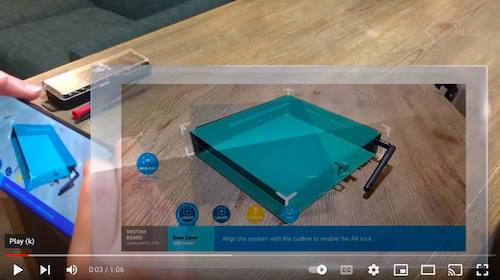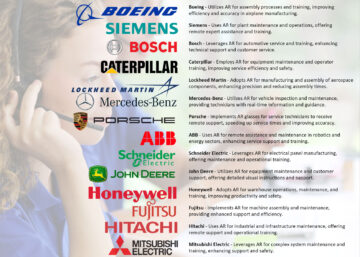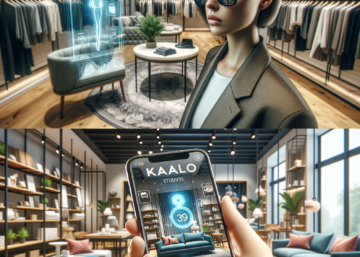Last year, President Biden signed an executive order directing the Federal Trade Commission to draw up some new rules for companies who like to limit who can repair your device. Tech manufacturers, for instance, have historically kept diagnostic and instructional materials under lock and key, available only to authorized shops. Ditto for official replacement parts. Many devices are also assembled in such a way (with glue, for instance) that makes it almost impossible to take them apart without breaking them.
While Biden’s order didn’t change anything instantly, the Right to Repair movement is in full swing. Some state legislatures have already enacted Right to Repair laws for the auto industry. This thing is going to happen, and it’s going to create a need to disseminate information and repair instructions in a format the average consumer can understand. Augmented reality, with its digital overlay on the real world, can make end-user repairs almost seamless.
How AR and Right to Repair Help the Consumer
The battery life of your laptop has tanked. This is less than ideal for a device whose whole point is that it’s mobile and not constantly tied to a power outlet. But that’s the only thing wrong with it. You can take it somewhere and get the battery replaced. Maybe. Or you can give in and buy a new computer. Either way, it’s going to cost you a significant amount of money.
Now imagine you can order a new battery and download instructions on how to swap it out. Instead of sifting through a PDF document, you hold your phone up to your laptop and step-by-step instructions are projected in real-time. You don’t have to know anything beforehand. The directions start with “remove this screw” and a digitally-projected arrow showing you exactly where it is. The AR instructions progress through each step of the process until your battery is replaced and your laptop is whole again. The process took minutes and cost you far less than taking it into a shop or buying a new computer.
How the Manufacturer Benefits from AR Instruction
Typically, when a business provides instructions to consumers, it comes in the form of website or PDF text and two-dimensional diagrams. The manufacturer must provide tech support for any difficulties the repairer might run encounter. This means paying trained people to staff that help desk.
AR instruction provides support as if an expert were in the consumer’s home giving instructions. This means needing fewer trained staff on hand to field problems. With quality AR instructions, users need less support. Brand loyalty is built when the customer has a satisfactory experience repairing their own device with AR directions the manufacturer has provided.
Right to Repair, Supported by AR, is Better for the Environment.
It’s not much of a leap to realize the environmental impact of being able to replace a battery rather than sending an entire device to the landfill, of making it easier for people to fix their own products — a tractor, a toaster, a smartphone. The key, as is often the case with new ways of doing things, is making it as simple as possible.
AR removes barriers. It gets rid of the inefficient need to shift focus between written instructions and what you’re working on, reducing the chance of errors. It’s so user-friendly and intuitive, it disposes of the anxiety we feel about opening up complex electronics. Kaalo Design is already providing AR development services to help manufacturers quickly comply with Right to Repair standards. The technology and applications for AR instruction aren’t a futuristic concept; it’s already here. Right to repair is coming, and AR is key.



